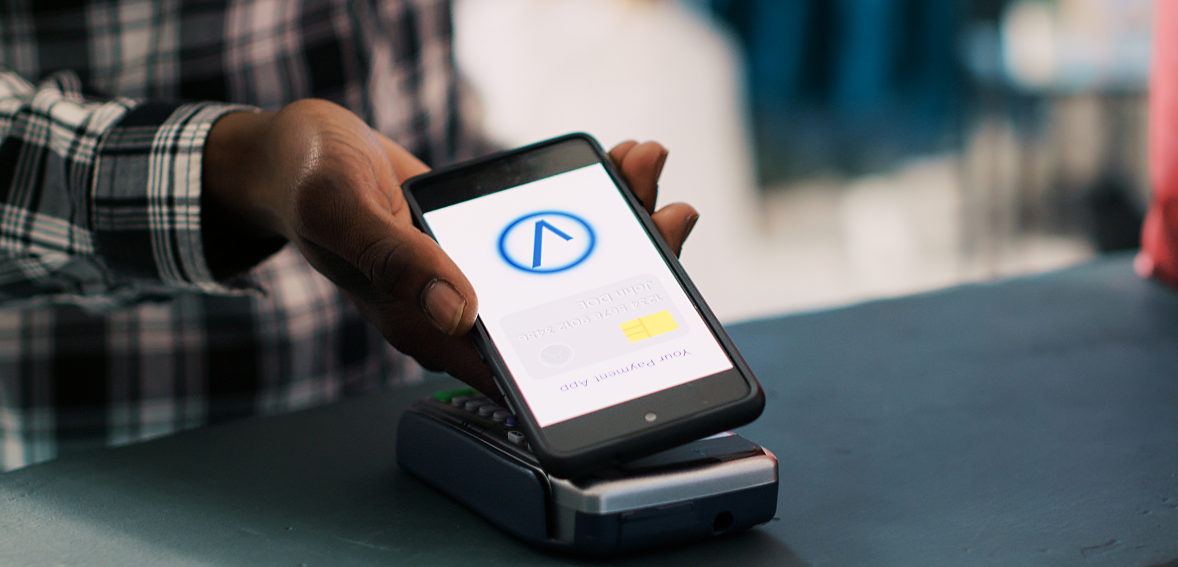
By Ella Carey January 16, 2025
In today’s digital economy, businesses are constantly looking for ways to improve their operations, streamline payment processes, and enhance customer experiences. One of the most crucial elements in making this possible is the integration of payment gateways. For businesses of all sizes, choosing and integrating the right payment gateway can have a significant impact on transaction speed, security, and overall customer satisfaction.
At California Payment Processing, we understand how essential it is to have a smooth, reliable payment system in place. Whether you’re running an e-commerce store, a brick-and-mortar shop, or a mobile business, integrating a payment gateway that works seamlessly with your merchant account is key to driving your success. In this blog post, we’ll explore the role of payment gateways, current trends in integration, and actionable tips to help your business make the most out of these powerful tools.
What Are Payment Gateways and Why Are They Important?
A payment gateway is a technology that securely authorizes payments between a customer’s bank and a business’s bank during an online transaction. It acts as a bridge between your website or point-of-sale (POS) system and the financial institutions involved in the transaction.
When a customer makes a purchase, the payment gateway captures the payment information, encrypts it, and sends it to the relevant financial institution for authorization. Once approved, the transaction is completed, and the funds are transferred to your merchant account.
Payment gateways are crucial for the success of any business that accepts online payments. They not only facilitate secure transactions but also help manage fraud prevention, offer multi-currency support, and improve customer experience.
Current Trends in Payment Gateway Integration
As digital payments continue to evolve, so do the features and capabilities of payment gateways. Businesses today need more than just a basic tool for processing payments—they need a solution that integrates seamlessly with their existing systems and adapts to customer needs. Here are some of the latest trends shaping the future of payment gateway integration:
1. Omnichannel Payment Integration
With the rise of multi-channel retailing, businesses need payment gateways that can accept payments across a variety of platforms. Omnichannel payment gateways allow businesses to process transactions whether they’re happening online, in-store, or on mobile devices. This is especially important for retailers looking to offer a seamless customer experience across all touchpoints.
According to Statista, over 60% of global e-commerce sales are now made through mobile devices, highlighting the importance of having an integrated payment system that works smoothly across different channels.
For example, companies like Shopify and Square offer payment gateways that can process payments both online and in physical stores, providing customers with a consistent experience no matter how they shop.
2. Mobile Wallet and Contactless Payment Integration
Mobile wallets like Apple Pay, Google Pay, and Samsung Pay have rapidly gained popularity in recent years due to their convenience and security features. These wallets use tokenization and biometric authentication (e.g., fingerprint or facial recognition) to provide a secure and user-friendly payment experience.
Payment gateways are now being designed to seamlessly integrate with these mobile wallet options, giving businesses the ability to accept contactless payments both online and in-store. In fact, Statista estimates that by 2025, mobile wallet transactions will exceed $12 trillion, making it essential for businesses to integrate these options into their payment systems.
3. Subscription and Recurring Payment Solutions

As subscription-based models continue to thrive across various industries—such as streaming services, subscription boxes, and SaaS (Software as a Service) companies—payment gateways have evolved to support recurring payments. These solutions allow businesses to easily set up automatic billing, saving both time and resources.
Payment gateways like Stripe and Braintree provide easy-to-implement recurring billing options for businesses that operate on subscription models. By integrating such features, companies can streamline operations, improve cash flow, and enhance customer satisfaction with hassle-free payments.
4. Fraud Prevention and Security Enhancements
Security remains a top concern for both businesses and consumers. As fraud becomes more sophisticated, payment gateways are implementing advanced security measures such as 3D Secure authentication, tokenization, and AI-powered fraud detection.
These technologies help minimize chargebacks and fraud by verifying the identity of the cardholder and ensuring sensitive payment information is never stored in plaintext. In 2022, Visa reported that tokenized payments were 50% less likely to result in fraud, emphasizing the importance of adopting secure payment gateways.
5. International Payment Gateway Integration
As businesses go global, the need for payment gateways that support multi-currency transactions has grown. International payment gateways allow businesses to accept payments in different currencies and even local payment methods, providing a more seamless experience for global customers.
By integrating international payment gateways, businesses can expand their reach, attract more customers, and drive international sales. Payment processors like PayPal, Adyen, and Worldpay are popular for supporting cross-border payments, making it easier for businesses to operate globally.
How to Integrate a Payment Gateway Successfully
Integrating a payment gateway can seem like a complex task, but with the right approach, it can be done smoothly and efficiently. Here are some steps to ensure a successful payment gateway integration:
1. Choose the Right Payment Gateway for Your Business
Not all payment gateways are created equal. When choosing a gateway, consider factors like transaction fees, supported payment methods, security features, and ease of integration with your existing system. Look for payment gateways that align with your business model and target audience. For example, if you’re an international business, prioritize a gateway that supports multi-currency transactions.
2. Ensure PCI Compliance
PCI DSS (Payment Card Industry Data Security Standard) compliance is a set of security standards designed to protect cardholder information. Ensuring your payment gateway complies with PCI DSS is crucial to protect your customers’ data and avoid penalties.
Most reputable payment gateway providers already comply with PCI DSS, but it’s important to verify this before choosing a provider. Additionally, take the time to train your staff on security protocols and implement best practices for data protection.
3. Simplify the User Experience
A smooth and easy user experience is crucial for reducing cart abandonment and ensuring successful transactions. Ensure that your payment gateway is easy to navigate and integrates seamlessly with your website or POS system. Look for payment gateways that offer a customizable checkout page, so you can tailor it to match your brand’s look and feel.
4. Test Your Integration Thoroughly
Before going live, it’s essential to thoroughly test your payment gateway integration. Perform test transactions to ensure that everything works smoothly, from payment processing to the transfer of funds into your merchant account. Address any issues or glitches before allowing customers to make real payments.
5. Monitor Transactions and Customer Feedback
Once your payment gateway is live, keep an eye on transactions and gather feedback from your customers. Pay attention to transaction failures, slow processing times, and complaints about the checkout experience. Monitoring your gateway’s performance will help you address any issues promptly and ensure the best possible payment experience for your customers.
Real-World Example: How Starbucks Integrated Mobile Payments
Starbucks is a great example of a company that successfully integrated a payment gateway into its operations. The company uses its own Starbucks app, which acts as both a loyalty program and a payment gateway. The app allows customers to make purchases, earn rewards, and store funds for future use.
By integrating mobile payments into their ecosystem, Starbucks has streamlined the purchasing process for millions of customers, providing a seamless and secure payment experience. The success of Starbucks’ mobile payment system highlights the importance of choosing the right payment gateway to meet customer needs and drive business success.
The Future of Payment Gateway Integration
The future of payment gateway integration is exciting, with new technologies and trends continuing to reshape the payments landscape. As the digital economy grows, businesses will increasingly rely on payment gateways that offer more robust security, flexibility, and seamless experiences for customers across multiple platforms.
From AI-driven fraud detection to blockchain-based payment solutions, the opportunities for innovation in payment gateways are vast. Businesses that stay ahead of these trends will be well-positioned to offer superior customer experiences and secure payment processing.
Conclusion: Make Payment Gateway Integration a Priority

Integrating a payment gateway is one of the most important decisions a business can make to enhance its payment processing capabilities. By understanding the trends in the payment gateway landscape, choosing the right gateway, and following best practices for integration, businesses can provide a smooth, secure, and convenient payment experience for their customers.
At California Payment Processing, we offer a range of reliable, secure payment gateway solutions that can integrate seamlessly with your business. Whether you’re looking to enhance your e-commerce platform, accept mobile payments, or process international transactions, we’re here to help you find the perfect solution.
Investing in the right payment gateway today will help ensure the success and security of your business tomorrow.